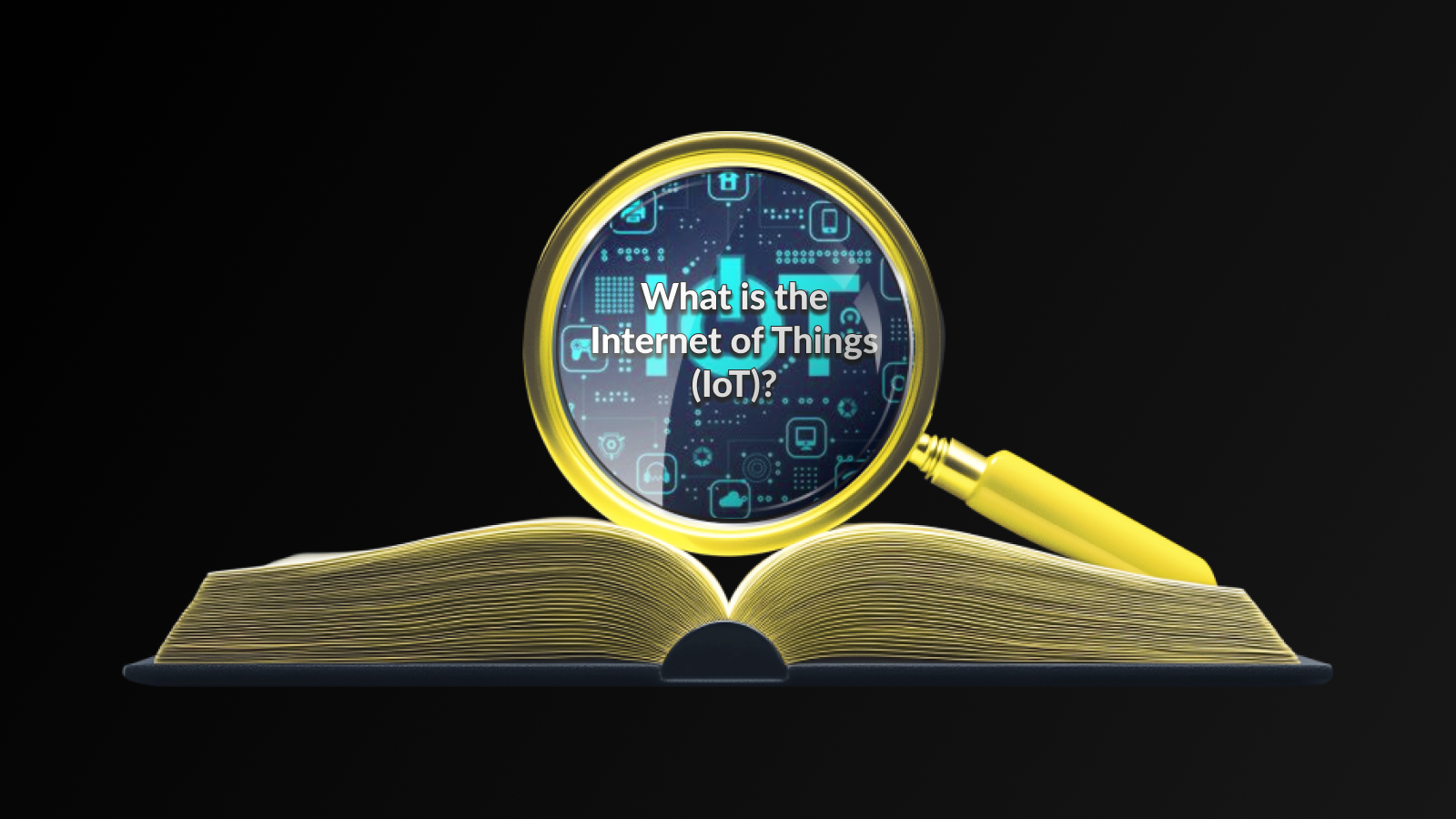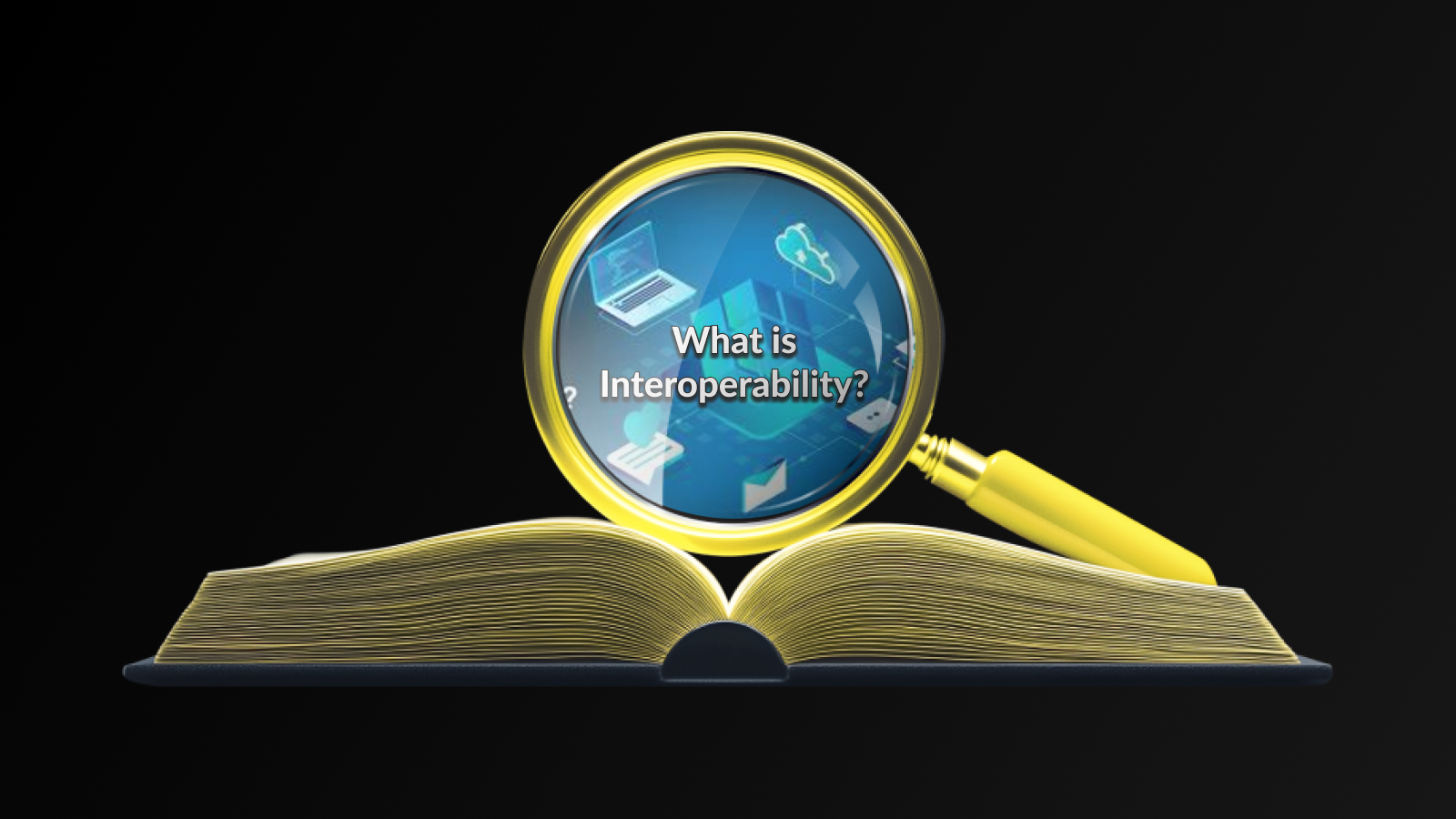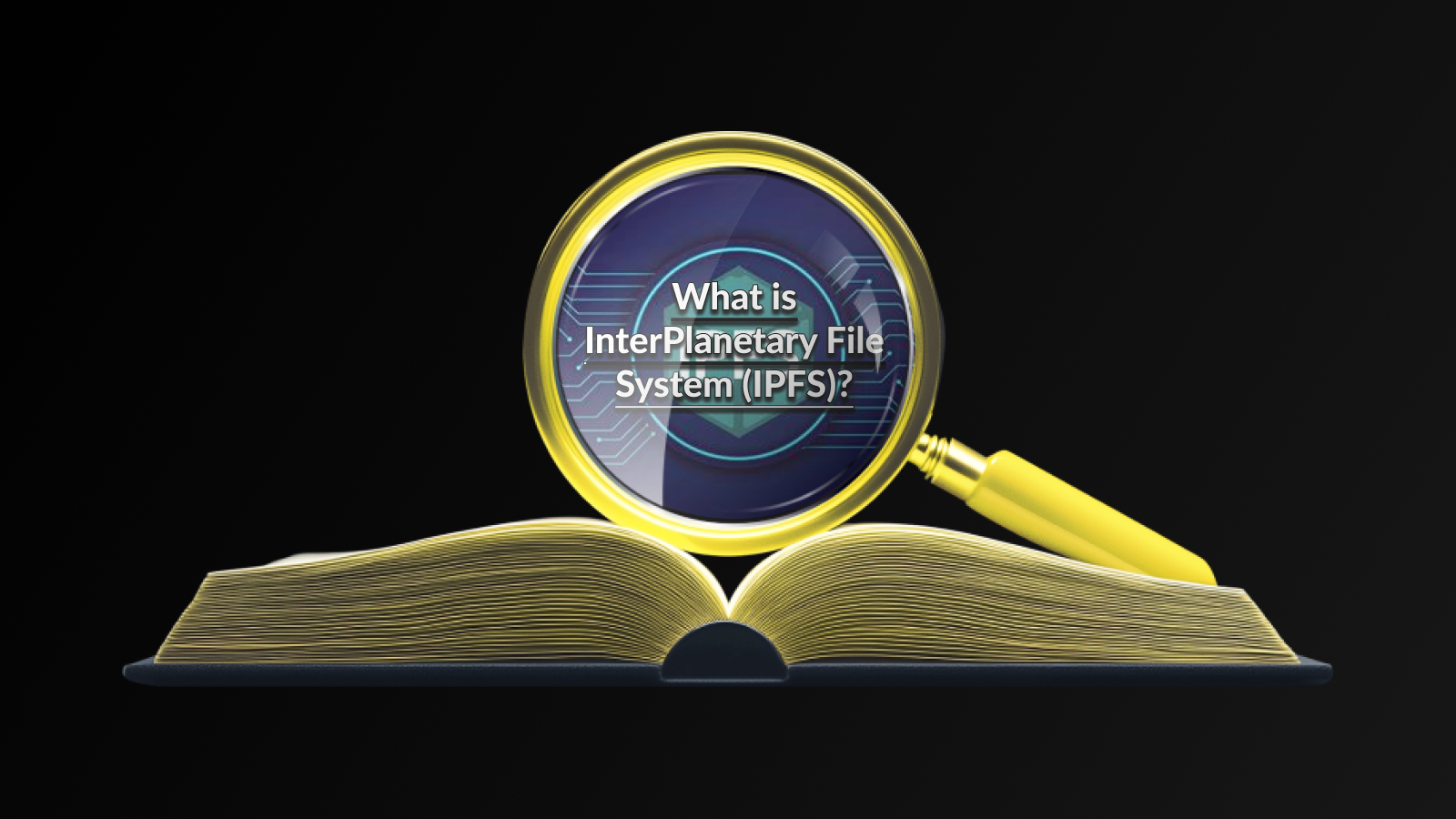Introduction
The convergence of IoT and Blockchain represents a significant innovation in the technological landscape, bringing forth an evolution in how devices communicate and transact securely. The Internet of Things (IoT) refers to the network of interconnected devices that collect and exchange data without human intervention. By integrating this technology with blockchain, a decentralized digital ledger system, we achieve increased security, transparency, and efficiency in data transactions.
In terms of Cryptocurrency and IoT Integration, this synergy enables the seamless transfer of digital assets between devices, enhancing automated processes in various sectors, from smart homes to industrial applications. With blockchain’s robust security features, each IoT interaction is recorded on a tamper-proof ledger, mitigating the risks associated with data breaches and unauthorized access.
As industries adopt this integrated approach, they not only improve operational efficiencies but also pave the way for innovative business models that leverage real-time data analysis. The potential applications range widely, including supply chain management, energy efficiency, and even healthcare, making it crucial to embrace and explore the opportunities this technological partnership offers.
How IoT Integrates with Blockchain and Cryptocurrency
The integration of IoT and Blockchain is paving the way for a new era of connectivity and security. By utilizing Blockchain technology, IoT devices can communicate and transact with one another in a secure and decentralized manner. This is particularly crucial in environments where data integrity and transaction security are paramount.
One significant application of this integration is in automated smart contracts. These contracts are self-executing agreements with the terms of the agreement directly written into code. When IoT devices gather data, they can trigger automated actions defined in the smart contract without the need for intermediaries, enhancing efficiency and reducing costs.
Moreover, the potential for Cryptocurrency and IoT Integration allows for a seamless transaction process among devices. For instance, imagine a smart vehicle that can pay for its parking spot automatically through cryptocurrency. This system not only streamlines the payment process but also enhances user convenience.
However, implementing IoT and Blockchain technologies requires addressing significant issues such as data privacy, scalability, and interoperability among different systems. These challenges necessitate comprehensive strategies and solutions to fully realize the benefits of this powerful integration.
As the intersection of IoT and Blockchain continues to evolve, it has the potential to revolutionize numerous industries, enhancing not only operational efficiency but also secure transactions across different platforms.
Benefits and Challenges of IoT in Crypto
The integration of Cryptocurrency and IoT Integration presents both significant advantages and notable challenges. Understanding these aspects is crucial as they impact how effectively IoT technologies can leverage the decentralized nature of cryptocurrency.
Benefits
- Enhanced Security: Utilizing blockchain technology for IoT devices can significantly improve data security, providing a tamper-proof method for transaction validation and device authentication.
- Increased Efficiency: IoT devices equipped with cryptocurrency capabilities can streamline processes, allowing for automated transactions that save both time and resources.
- Decentralization: The decentralized nature of blockchain means that data collected by IoT devices is not stored in a single location, mitigating risks of data loss or centralized attacks.
- Smart Contracts: These programmable contracts can automate transactions based on predetermined criteria, enabling seamless interactions between IoT devices.
Challenges
- Scalability Issues: As the number of IoT devices grows, the scalability of blockchain solutions can become a concern, potentially affecting transaction speeds and costs.
- Regulatory Hurdles: The integration of IoT with cryptocurrency raises regulatory questions that vary widely by jurisdiction, making compliance a complex issue for developers and businesses.
- Security Vulnerabilities: While blockchain provides improved security, IoT devices themselves often lack robust security protocols, creating potential entry points for attacks.
- Energy Consumption: The energy required for blockchain processes can be high, leading to sustainability concerns as the number of devices continues to increase.
The interplay between IoT and blockchain introduces a transformative potential for various industries, yet it is essential to navigate the associated challenges carefully to maximize the benefits.
The Future of IoT and Cryptocurrency
The convergence of Cryptocurrency and IoT Integration is poised to reshape various industries in the coming years. With advancements in technology, the potential applications of IoT paired with blockchain technology are becoming increasingly apparent. For instance, enhanced security protocols provided by blockchain can enable safer IoT and Blockchain communications, reducing vulnerabilities that IoT devices currently face.
Furthermore, as more devices become interconnected, the demand for efficient data management and transactions will escalate. Users will likely see an increase in decentralized applications that facilitate microtransactions within IoT ecosystems, enabling seamless financial exchanges between devices. This shift toward decentralized finance (DeFi) could empower users, giving them control over their data and finances.
Challenges such as regulatory hurdles and technological standardization must be addressed for these integrations to flourish. However, as both fields mature, collaboration between IoT developers and cryptocurrency innovators will be essential to overcome these challenges and unlock new opportunities.
The future of IoT and cryptocurrency looks promising, marked by innovative solutions aimed at enhancing efficiency, security, and user experience. As technological advancements continue, the fusion of these two fields has the potential to transform how we interact with our devices and manage our assets.
Disclaimer
This article is for informational purposes only and should not be considered financial or investment advice. Always conduct your own research before making cryptocurrency-related decisions.
Click for more education articles





